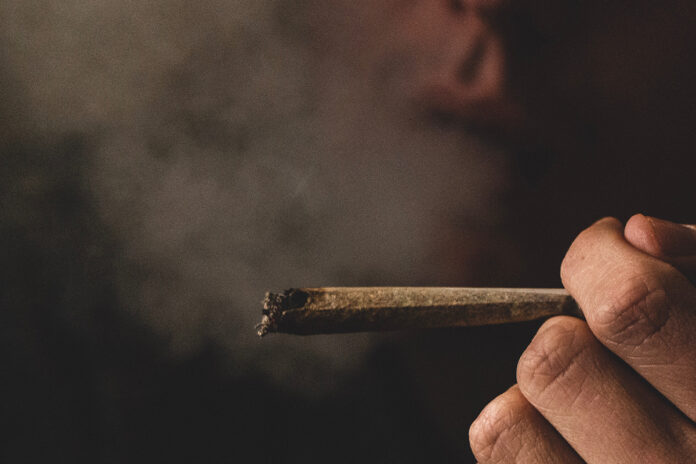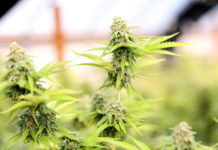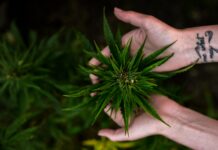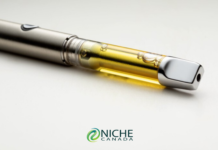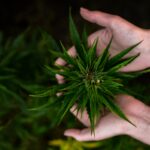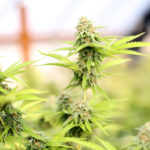A long-running UBC research project looking at people using illicit drugs on Vancouver’s Downtown Eastside is delving into how this population is using cannabis.
“We’re finding that cannabis use in this community really does exist on a spectrum, from purely recreational – to get high or for pleasure…. Then it exists on the spectrum from there all the way to purely medical,” said Stephanie Lake, a UBC-based PhD student and researcher at the BCCSU (British Columbia Centre on Substance Use).
“There’s a lot of overlap in between,” she noted. “A lot of people reporting many uses of cannabis: non-medical to get high, but also a really high proportion of individuals report using cannabis to manage pain, to help with sleep, to manage stress, to relieve symptoms of nausea, to simulate diet and for HIV-related purposes.”
Lake said preliminary analysis of the data found that those who reported daily use of cannabis tended to report using it for a ‘therapeutic purpose.”
The study has involved an estimated 2,000 people over several years, however the study of cannabis users is smaller as it is restricted to those who report using cannabis. The studies on cannabis use contain roughly 800 individuals.
For Lake, another theme has emerged from the research surrounding access to cannabis for vulnerable populations like this demographic.
“Something we’ve noticed is despite a really high prevalence of using cannabis for medical purposes in this community, there’s a really low proportion of people who are actually accessing cannabis through the authorized medical cannabis program,” she said. “So this represents a potential access issue for a really marginalized community. It’s something we need to be mindful of as we move more into the era of legalization and we might see the disappearance of these dispensaries we have in Vancouver and more retail, legal stores open up. There might be a gap there in terms of financial access for individuals who are using for therapeutic purposes. This is something we’re trying to track with our research and I think it will have some implications for policy in terms of medical uses of cannabis under legalization.”
“We’re making something legal but if it’s not accessible to the population, are they going to continue using something that’s not a regulated product, not legal under the federal framework and what implications does this have for an already highly criminalized, stigmatized population?” Lake added.
Meantime, a study involving 1,000 people out of Colorado came to a conclusion similar to one in this research project: it found that many people using cannabis recreationally actually used it for medicinal purposes.
The survey – titled Use of Cannabis to Relieve Pain and Promote Sleep by Customers at an Adult Use Dispensary – involved respondents who visited a recreational cannabis store and intentionally excluded medical patients.
Of survey respondents, 65 per cent reported taking cannabis to relieve pain, and 74 per cent reported using cannabis to promote sleep.
For pain, 80 per cent of respondents reported cannabis was very or extremely helpful, and most of those taking over-the-counter pain medications (82 per cent) or opioid analgesics (88 per cent) reported reducing or stopping the use of those medications.
“Medical use of cannabis for symptom relief was common among adult-use dispensary customers and the majority reported that cannabis decreased their medication use,” concluded the study, which was released in early July.
For her part, Lake hopes to see more research into cannabis’ medicinal benefits.
“I think we’re starting to be able to increase our research capacity in this area with legalization,” she said. “Historically a lot of research on cannabis has been looking at the potential harms associated with it. There’s a valid reason to want to look into it but at the same time we need to see that patients are reporting using cannabis medically and we should be looking into why. There’s more work that needs to be done, including in the area of opioid use and this idea of substitution.”


